Purpose
In this exercise, delegates practice giving precise and useful instructions. It helps with communication skills, especially within teams where people work closely with each other. Delegates also learn the value of feedback and how lack of feedback can slow down the communication process significantly.
This exercise is different from the standard exercises in this area. In a standard exercise, a delegate is supposed to describe a diagram and the other person is supposed to draw it based on the descriptions given. In some variations of this exercise, it is often the case that the describer can see what the illustrator is drawing and provide corrective feedback. In addition, the describer is also usually told not to talk directly what the image is and instead just describe it.
In this exercise, the difference is that the describer cannot see what is being drawn so can only respond to questions asked by the person who is drawing. In addition, there is no restriction on the type of communication made. For example, if the diagram is a square and the describer is supposed to explain it, he can simple say it is a “square” rather than explaining the shapes such as “4 equal lines connecting to each other at right angles” and then continue to expand on this to make sure the illustrator gets it right.
As a trainer, this exercise gives you an opportunity to cover topics such as making assumptions, how to give precise and clear instructions and how to help when a person cannot see what the other person is doing and needs to rely purely on the quality of the communication.
Objective
Draw a given shape based on the instructions provided.
What You Need
- A series of diagrams for each stage based on the ideas given below. For each stage you need a diagram for each pair of delegates. You will need to prepare these diagrams before the exercise. They can be anything so long as the shapes become increasingly complex as you move forward through the three stages. Note that you need one diagram illustrated on a separate page with no additional text.
- Stage 1: triangle, square, rectangle, circle, oval, rounded-rectangle
- Stage 2: torus, pyramid, cube, sphere, block, toroid
- Stage 3: house, car, bicycle, airplane, tractor, spray bottle, plug, broom, stapler, hair dryer, rotary pencil sharpener
- Chairs and an area where delegates can comfortably sit back to back while one sketches a diagram
- One A3 pad for each pair and pens
Setup
- Divide the delegates to pairs. If you have an odd number of delegates pair one with yourself.
- Explain that the task is that one person will describe a shape to the other person and the other person should illustrate it.
- Ask each pair to nominate who will be describing and who will be illustrating.
- Explain that there are three stages in this exercise. For each stage, each pair should sit back to back so that the describer cannot see what the illustrator is drawing.
Stage 1:
- Give a diagram for stage 1 to each describer.
- Explain that all diagrams are different so each group is working on a different image.
- On your mark ask the describers to start describing the shape given to them.
- This stage is easy once delegates know what to do. Don’t explain anything about the type of instructions they can give. Just tell them they can explain the shape any way they want. Some may think that it has to be a lot more complex than saying “square” and expecting good results. This could be because of their expectations or a previous experience of a similar exercise. It gives you a good opportunity to discuss this topic during debriefing; it is easy to make the wrong assumptions that can lead to problems.
- Allocate 2 minutes for this part.
Stage 2:
- Collect the diagrams.
- Swap roles.
- Distribute a new diagram for stage 2 and repeat the exercise.
- This time the shapes are more complicated and so will require more describing. The shape may not be obvious to a person even when known or it might be difficult to draw from memory with no experience. The describer, without being able to see what the illustrator is drawing, should help verbally. For example, a “cube” is rather easy to know and draw for most people. In contrast, not many may know what a “toroid” is and some may still need some help to draw it even when they can imagine it. This is a good setup to get the teams practice communicating with each other.
- Remember, this exercise has no limits on the type of communications made. The illustrators are not forced to ask questions that lead only to a yes or no. They can talk in any way they want that helps them complete the task. Let the groups discover this point themselves. Only intervene to explain this when you think they are not going through the exercise as they should and there is a risk that they will get little out of this exercise.
- Allocate 5 minutes for this part.
Stage 3:
- As before collect the diagrams, swap roles and distribute a new diagram for stage 3 to describers.
- Ask them to repeat the exercise. This time the diagrams are much more complicated and will certainly need to be explained. Note that it is important to draw similar to the diagram given. For example, it is not sufficient to draw any bicycle if the diagram under consideration is of a bicycle. It has to look fairly similar to the specific bicycle shown in the diagram.
- Allocate 15 minutes for this exercise.
- Bring back everyone together.
- Follow with a discussion
Timing
Explaining the Exercise: 5 minutes
Activity: 2 min stage 1 + 5 min stage 2 + 15 min stage 3 = 22 minutes
Group Feedback: 10 minutes
Discussion
How difficult was each stage of this exercise? Did you start describing the shape indirectly in stage one? What happened when you started to be more precise and clear with your instructions? Did you discuss communication strategy? How difficult was the last stage? Did you develop some kind of a vocabulary in the first two stages so that you could understand the instructions better and follow them more efficiently?
Variations
There are a number of ways you can vary this exercise and extend it in different directions:
- Have more than three stages.
- Add more complex shapes to the collection.
- Use shapes related to the background industry of the delegates.
- Turn this exercise into a game by making the teams compete with each other. Whoever finishes sooner wins. You may need to make sure the shapes given to groups are similar so the competition is fair. The alternative is to give the exact shapes to each group while making sure they cannot see or overhear each other while they go through the exercise. This can be difficult to arrange though.
- Rather than giving shapes, give objects. The illustrators then have to capture a two-dimensional diagram of the object on paper based on the instructions given.
Soft Skills Training Materials
Get downloadable training materials
Online Train the Trainer Course:
Core Skills
Learn How to Become the Best Trainer in Your Field
All Tags
Training Resources for You

Course Design Strategy
Available as paperback and ebook

Free Training Resources
Download a free comprehensive training package including training guidelines, soft skills training activities, assessment forms and useful training resources that you can use to enhance your courses.

Our Comprehensive Guide to Body Language

Train the Trainer Resources
Get Insights - Read Guides and Books - Attend Courses
Training Materials
Get downloadable training materials on: Management Training, Personal Development, Interpersonal Development, Human Resources, and Sales & Marketing





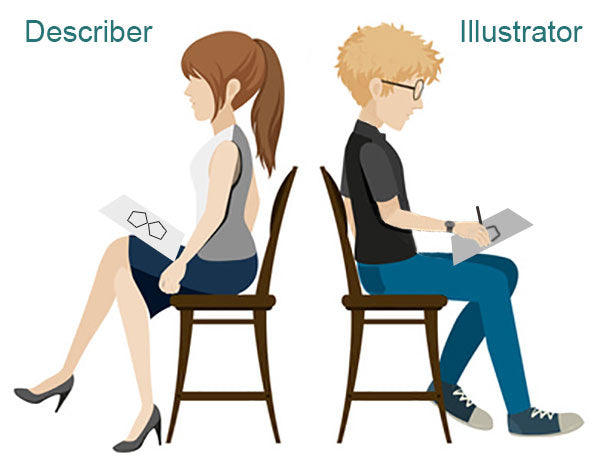



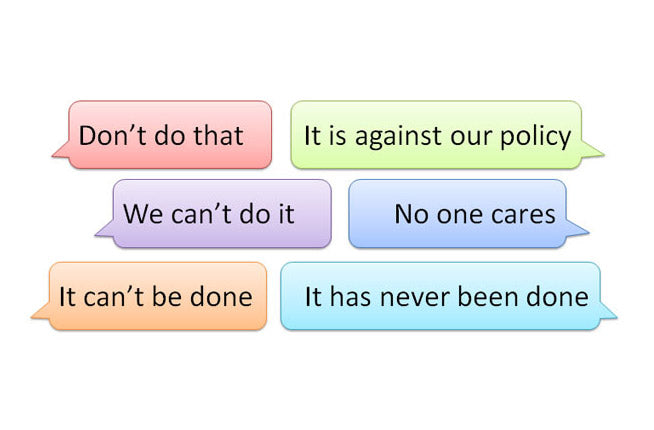
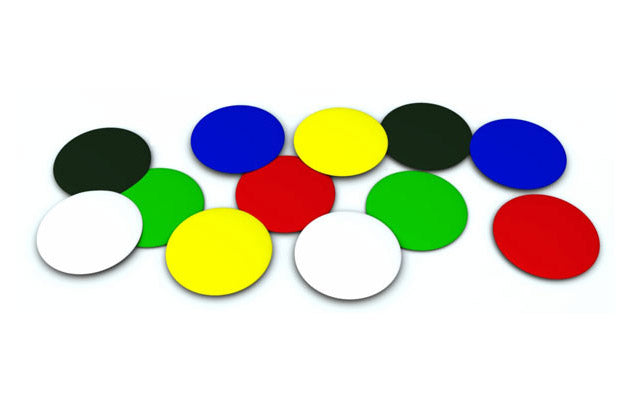
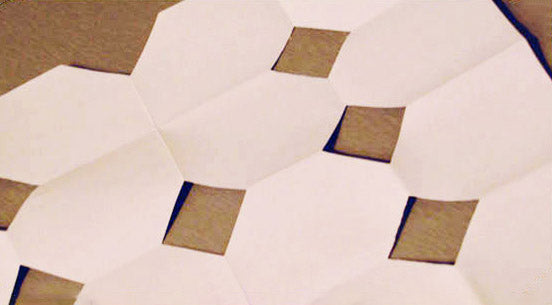

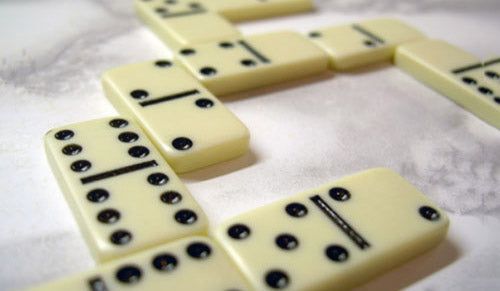
Leave a comment
All comments are moderated before being published.
This site is protected by hCaptcha and the hCaptcha Privacy Policy and Terms of Service apply.